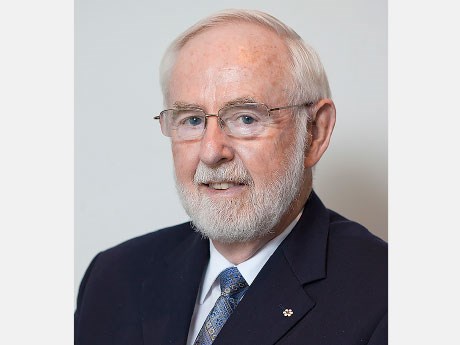Dr. Arthur McDonald, a researcher at the Sudbury Neutrino Observatory (SNO), a research facility two kilometres underground at Vale’s Creighton Mine in Sudbury, has been named co-winner of the 2015 Nobel Prize in Physics.
McDonald, emeritus professor at Queen’s University in Kingston, Ontario, shared the prize with Takaaki Kajita of the University of Tokyo.
The prize was awarded for their contributions to experiments which demonstrated that neutrinos change identities and have mass. A press release issued by the Royal Swedish Academy of Sciences said, “The discovery has changed our understanding of the innermost workings of matter and can prove crucial to our view of the universe.”
“This is terrific news for all of us who have been engaged in the SNO neutrino research,” said Dr. Doug Hallman, professor emeritus of Physics at Laurentian University and an early collaborator in the neutrino research. “This is the ultimate prize in science, and we are thrilled to see the work recognized at this level.”
The underground environment enabled SNO researchers to make their groundbreaking neutrino measurements with minimal background interference. More than 150 researchers from universities and research institutions in Canada, the United States and Europe participated in the project.
The SNO laboratory ended its data collection in 2006 but analyses and publications of results are continuing. The SNO detector is now in the final stages of conversion to a series of new SNO+ experiments, which will measure lower energy neutrinos from the sun and the earth and search for a rare nuclear decay process to find out more about the nature of neutrinos.


